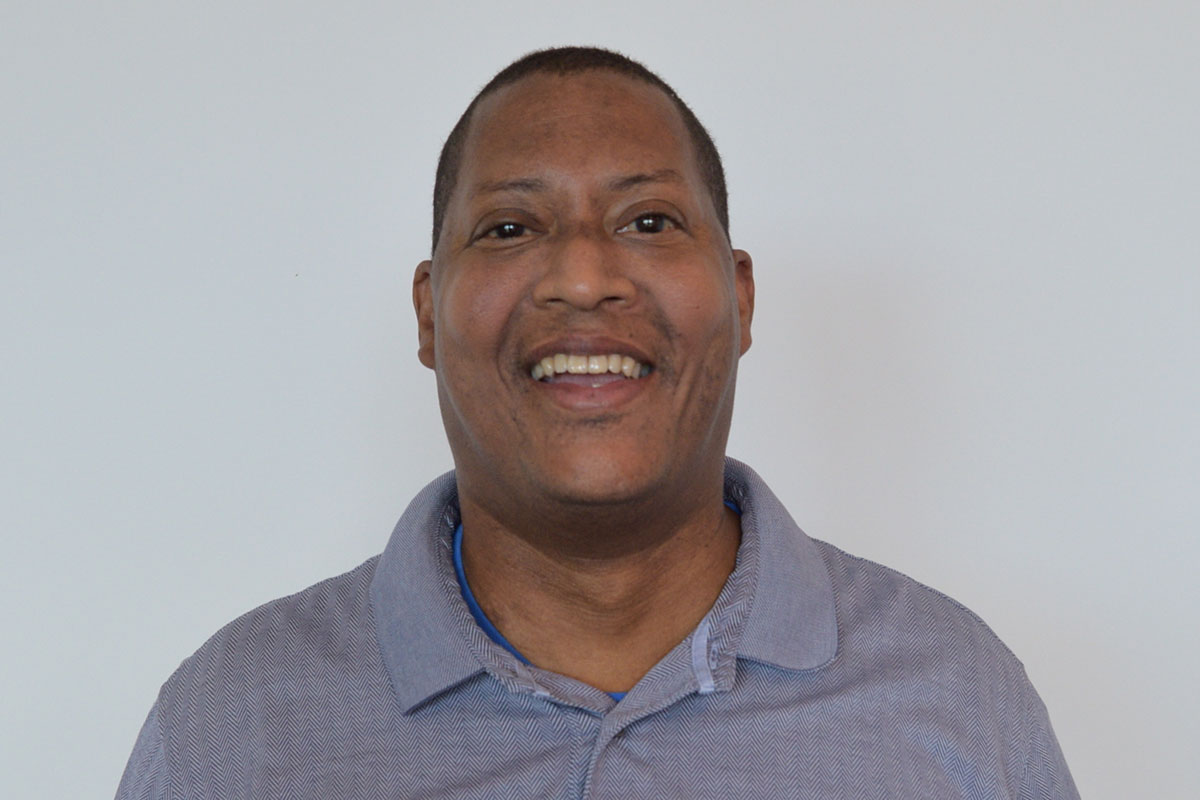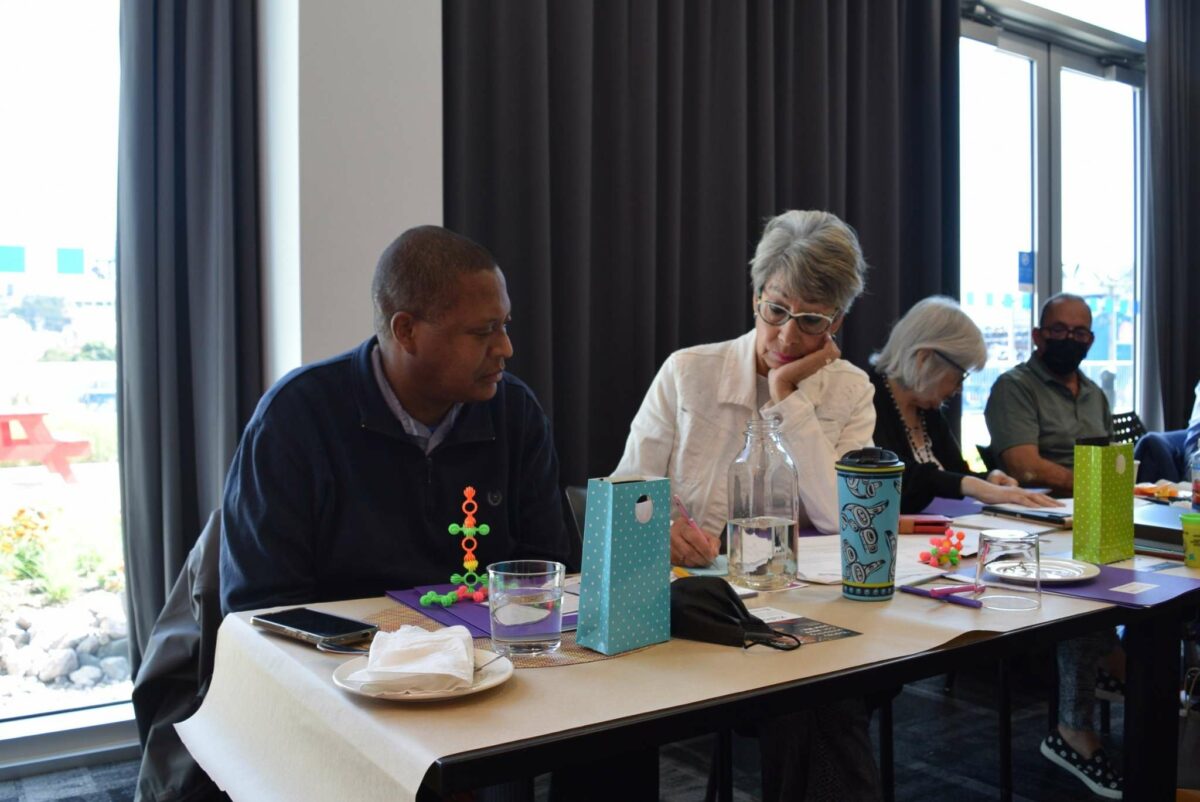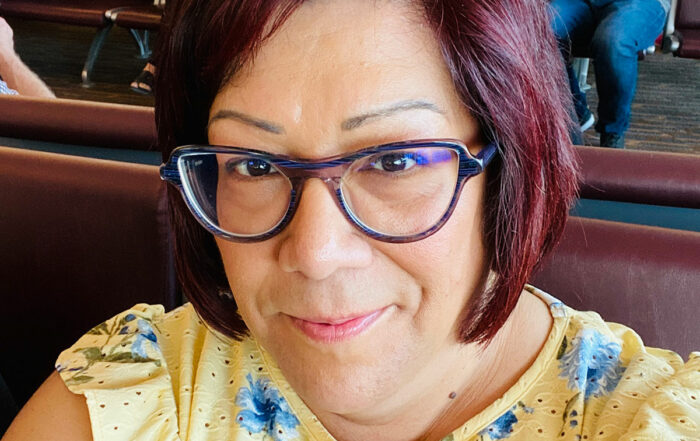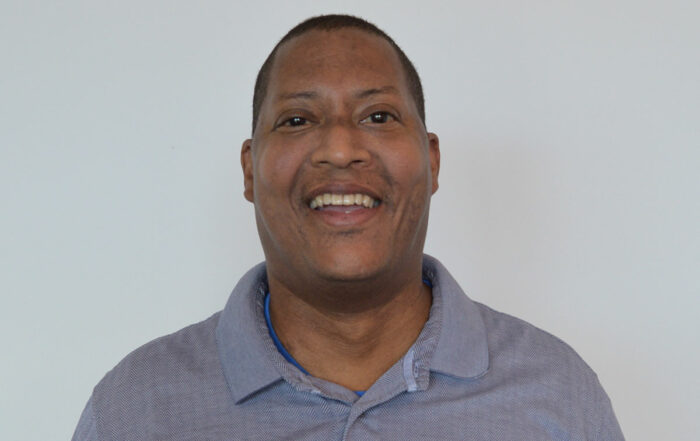
"Life has obstacles on all of our paths. Our job is to KEEP BANGIN’ at the one in front of us before we move on to the next one."
Charles Cook shares his story with as many people as possible, but his favourite audience is high school students through a program hosted by Toronto General Hospital, called the High School Outreach Initiative. “I tell [the students] your health is the most precious thing you have, because unfortunately you never know that until you lose it,” says Cook. “My health problems started when I was 17. I was on top of the world, ten feet tall and bulletproof – until one day I wasn’t.”
Cook grew up in Georgia and received an appointment to the U.S. Naval Academy upon graduating from high school. In his first semester, he experienced chest pains during a run and was diagnosed with hypertrophic cardiomyopathy (HCM), a form of heart disease whereby the wall of the heart thickens until it can no longer pump blood through the body sufficiently. Cook would need to pursue a different career path, outside of the navy.
He studied hotel and restaurant management at university and began working his way up the ladder of a national steakhouse chain, eventually becoming regional employment manager in the southern U.S. In 2005, he was driving home on the highway from work when he had a severe stroke. Despite being airlifted to a hospital that specializes in stroke treatment, Cook incurred serious damage from the event.
“The entire left half of me was gone – there was no movement, no sensation on the entire left side of my body. I was blind in my left eye. The left side of my face was trying to slide off my skull,” he recalls. “And then that’s how my wife and kids found me that night, when they got to the hospital.”
The hospital staff were certain that Cook would need to be wheeled out of the hospital if he ever left, but 12 days later he walked out the front doors. Although his condition was better than expected, he required extensive rehabilitation.
The family moved to Ontario shortly after, in the summer of 2006, and Cook set about finding a heart specialist to help monitor his HCM. His new cardiologist told him it was only a matter of time before he experienced heart failure. “[My doctor] said with heart failure there are three outcomes: you get an artificial heart, a heart transplant, or you die,” explains Cook. “And I’ve done all three.”
By 2015, Cook’s heart had worn down so much that he needed medical intervention. At this point, he was just seven months into a relationship with his new partner, Monica Pflug, and the two were about to undertake a real fight for Cook’s life together. The filling pressure in his heart was too high to support a heart transplant, so Cook was slated for surgery for a left ventricular assist device (LVAD) implanted alongside his heart, to support its function. The plan was the use the LVAD as an artificial support system for his heart until his heart’s filling pressure was low enough for a heart transplant.
“Everything that could go wrong during that surgery went wrong, including me dying twice on the table,” says Cook. “They brought me back, they were able to finish implanting the device, but when they went to close me up, they couldn’t stop the bleeding.”
The medical team gave Cook blood transfusion after blood transfusion. After a 10-hour procedure that should have taken four hours, Cook woke up with a cable sticking out his torso, which was used to power his LVAD. While he was anticipating the presence of the cable, he had other tubes coming out of his chest too, which Cook realized were tubes of blood going to and from his body. The doctors informed him that his kidneys ran dry during the surgery and had completely lost function. Now he would require dialysis for the rest of his life, unless he could receive a kidney transplant.
“I just went on from there. I have a motto in life – KEEP BANGIN’!” says Cook. “Life has obstacles on all of our paths. Our job is to KEEP BANGIN’ at the one in front of us before we move on to the next one. And there’s always a next one. So you never give up, no matter how bad the odds are.”
Cook and Pflug, who are now married, went on to grapple with the challenges of a dialysis schedule, which for the initial two weeks included driving from Kitchener to Toronto multiple times a day, multiple days a week. Cook eventually learned the ropes of home hemodialysis . Over time, his health had improved enough that he was put on the waitlist for a heart transplant.

He was told it could be two to three years before a suitable heart was matched. But just nine months after being on the waitlist, Cook received the call. “I literally had to sit down. I [asked the transplant coordinator] is this call for real?” Cook says. The coordinator assured him the call was the real deal, and Cook got up to quickly pack some belongings and drive to the hospital.
After his heart transplant surgery, Cook remembers opening his eyes and looking around. “My first thought was, I’m still alive – thank you God, you got me through another one,” he says. “Then I remember I’m alive because I have someone else’s heart now, and I broke down and started crying like a baby. Because I couldn’t think of anything I’d ever done to make me worthy to receive that gift when other people didn’t.”
Over the next few months, Cook struggled with survivor’s guilt to the point where he couldn’t sleep and considered seeking professional help. But one night, he suddenly came to terms with his situation through a realization – he can’t waste the gift he was given.
“I tried to put myself in the mindset of the person who donated the heart. Because to me, this had to be an individual who, with their final wishes, wanted to help somebody else have a better chance at life,” explains Cook. “So I decided at that point to basically live my life in honor of my donor and their family by doing whatever I could for the patients coming along behind me. That is the biggest definition of paying it forward that I can think of, and that’s why I share my story all the time with anyone who will listen.”
Cook now volunteers with a number of organ donation groups, including Can-SOLVE CKD’s Transplant Ambassador Program, whereby transplant patients share their experiences with other health care professionals, transplant recipients and potential donors to raise awareness around kidney donation. He received a kidney transplant in 2017, and therefore shares his lived experience as both an organ recipient and former dialysis patient to help pave the way for future patients to receive better care.
“I’ve lived through a lot of experiences that could have easily killed me but none of them did. I’ve lived to tell about them all and tell about them I shall do as long as it has the chance to benefit others,” says Cook. “I truly think that’s my purpose right now.”
More Patient Voices
Connect with us!
Subscribe to learn more about what we do, why it matters, and how you can get involved!






